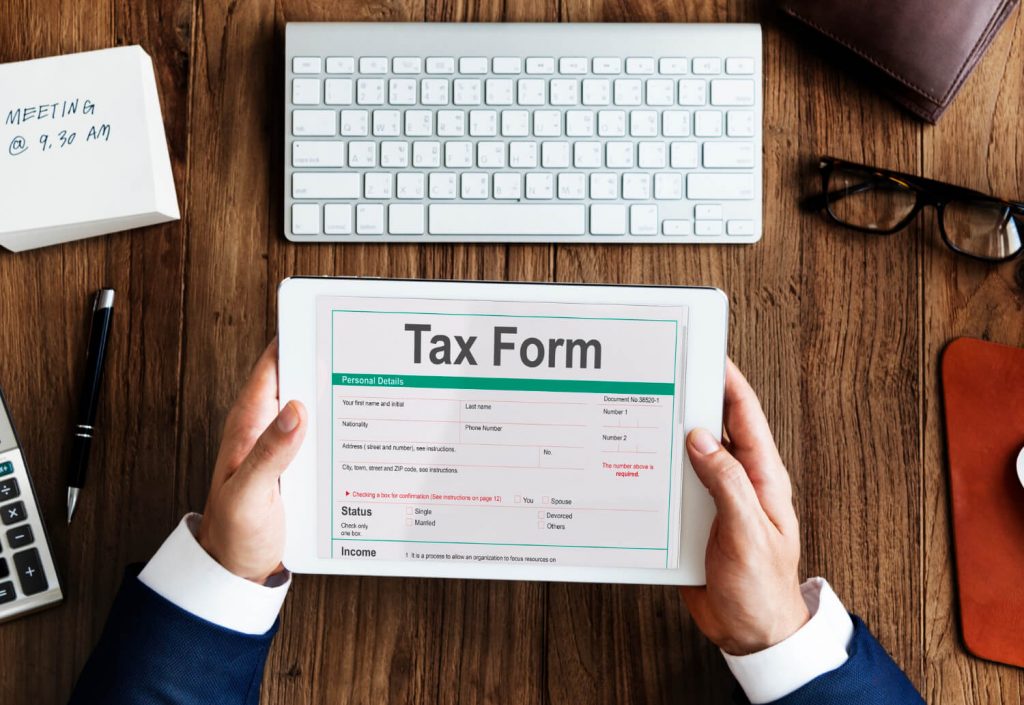In this article, we will discuss about...
Introduction:
Form 10E is an essential document for taxpayers seeking relief from the additional tax burden caused by arrears or deferred salary. By understanding the process of filing Form 10E, you can ensure compliance with tax regulations and claim the relief you are entitled to. In this article, we will explore the steps involved in filing Form 10E and provide you with a comprehensive guide to successfully completing this important tax-related task.
Eligibility for filing Form 10E:
Before delving into the filing process, it’s crucial to determine whether you meet the eligibility criteria for filing Form 10E. This form is applicable if you have received arrears or deferred salary in a particular financial year. It is important to note that you can only claim relief for arrears or deferred salary received in the current financial year or earlier years. Assess your situation carefully to ensure you meet the necessary criteria.
PDF file of Form 10E

Gathering the required information:
To successfully file Form 10E, you must gather all the necessary information and details. Begin by identifying the relevant financial year for which you are filing the form. Next, gather accurate information regarding your salary and allowances for the relevant financial year. Calculate any deductions or exemptions you are eligible for during this period. It is crucial to ensure that the information you provide is accurate and complete to avoid any discrepancies in your tax filing.
Understanding the purpose of Form 10E:
Form 10E serves a specific purpose in the tax filing process. Firstly, it provides relief for arrears or deferred salaries received in a financial year. By filling out this form, you can distribute the tax liability of such income over the relevant years. Additionally, Form 10E allows you to claim tax relief under Section 89(1) of the Income Tax Act, 1961. This provision helps prevent higher tax liability caused by the lump-sum receipt of arrears or deferred salary.
Consult CA Arun Tiwari for more info at 📞 8080088288 or cs@aktassociates.com
A step-by-step guide to filing Form 10E:
- Downloading Form 10E from the official website: Begin by visiting the official website of the Income Tax Department and navigate to the ‘Forms’ section. Locate Form 10E and download it in the desired format, preferably in PDF.
- Providing personal and employment details: Start filling out the form by entering your personal details, such as your name, address, PAN (Permanent Account Number), and assessment year for which the form is being filed. Provide accurate employment details, including your employer’s name, address, and tax deduction account number (TAN).
- Entering arrears or deferred salary details: Enter the arrears or deferred salary details in the relevant section of the form. Include the financial year in which the income was due, the actual financial year of receipt, and the amount received. Ensure precision and accuracy while entering these details to avoid discrepancies.
- Calculating the relief under Section 89(1): In this section, calculate the relief amount using the prescribed formula provided by the Income Tax Department. This formula takes into account the tax payable on the total income and the tax payable on the total income including arrears or deferred salary.
- Filling out other relevant sections of the form: Complete the remaining sections of the form, including details of your savings, investments, and deductions. Provide accurate information about the tax payments you have made during the relevant financial year.
 Supporting documents and attachments:
Supporting documents and attachments:
To substantiate the information provided in Form 10E, it is essential to attach certain supporting documents. These may include salary slips, Form 16, proof of arrears or deferred salary received, and any other relevant documents as required. Ensure that these attachments are accurate, complete, and organized to avoid any complications during the assessment process.
Filing options and submission process:
You have two options for filing Form 10E: offline submission through a physical form or online submission through the e-filing portal.
- Offline submission through the physical form: Print out the completed Form 10E and sign it in the appropriate places. Submit the form along with the required attachments to the designated income tax office within the specified timeline.
- Online submission through the e-filing portal: Visit the official e-filing portal of the Income Tax Department and log in using your credentials. Upload the filled-in Form 10E and the supporting documents in the prescribed format. Once uploaded, submit the form electronically through the portal.
After filing Form 10E:
After filing the form, you should receive an acknowledgment or reference number as proof of submission. Retain a copy of the filed form and all supporting documents for your records. In case of any queries or complications, it is advisable to seek professional assistance from a tax consultant or chartered accountant.
Conclusion
In conclusion, filing Form 10E is crucial for taxpayers who have received arrears or deferred salaries. By following the step-by-step guide provided in this article and ensuring the accuracy of the information and attachments, you can successfully file Form 10E and claim the relief you are entitled to. Stay compliant with tax regulations, alleviate higher tax liabilities, and make the most of the available tax benefits by filing Form 10E effectively.

